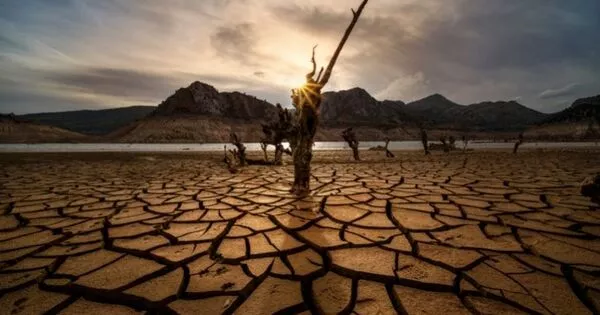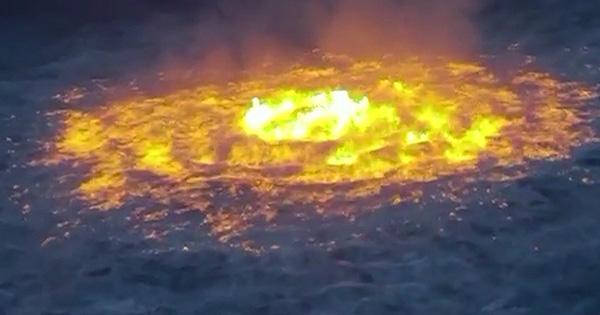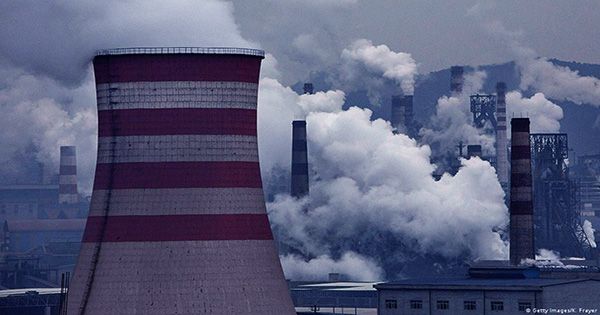Water scarcity is defined as a scarcity of freshwater resources to meet standard water demand. It refers to a situation in which the demand for fresh water in a region or country exceeds the available supply. Physical water scarcity and economic water scarcity are the two types of scarcity. It is a critical global issue affecting millions of people and ecosystems worldwide. Physical water scarcity occurs when there is insufficient water to meet all demands, including those required for ecosystem function. Arid regions, such as Central and West Asia and North Africa, frequently face physical water scarcity.
Economic water scarcity, on the other hand, is caused by a lack of investment in infrastructure or technology to draw water from rivers, aquifers, or other sources, as well as a lack of human capacity to meet water demand. Economic water scarcity affects much of Sub-Saharan Africa. There is enough freshwater available globally and on an annual basis to meet demand. As a result, water scarcity results from a mismatch between when and where people require water and when and where it is available.
There are several factors that contribute to water scarcity:
- Population Growth: As the world’s population increases, so does the demand for water to meet the needs of households, industries, and agriculture.
- Climate Change: Climate change impacts precipitation patterns, leading to more frequent and severe droughts in some regions and intense rainfall events in others. These changes disrupt the natural water cycle and exacerbate water scarcity.
- Over-extraction of Groundwater: Groundwater is a crucial source of freshwater for many communities, but over-pumping can deplete aquifers faster than they can naturally recharge.
- Pollution: Water pollution from industrial, agricultural, and urban sources can contaminate water bodies, making them unfit for human consumption and other uses.
- Water Infrastructure: Insufficient or poorly maintained water infrastructure can limit the availability and distribution of water, especially in developing countries.
The main drivers of the increase in global water demand are the increasing world population, rising living standards, changing consumption patterns (shifting diets to more animal products), and expansion of irrigated agriculture.
The consequences of water scarcity are far-reaching and can include:
- Impact on Health: Lack of access to clean water can lead to waterborne diseases and health problems, especially for vulnerable populations.
- Agricultural Challenges: Water scarcity affects agriculture, leading to reduced crop yields and livestock production, which can contribute to food insecurity.
- Economic Impact: Industries that rely heavily on water, such as manufacturing and energy production, may face disruptions, affecting economies and job opportunities.
Climate change (including droughts and floods), deforestation, increased water pollution, and wasteful water use can all contribute to a lack of water supply. Scarcity varies over time due to natural hydrological variability, but it varies even more as a result of current economic policies, planning, and management approaches.
Water scarcity is a complex issue that necessitates cooperation and collaboration among governments, communities, and international organizations in order to find long-term solutions and ensure everyone has access to safe and sufficient water.
















